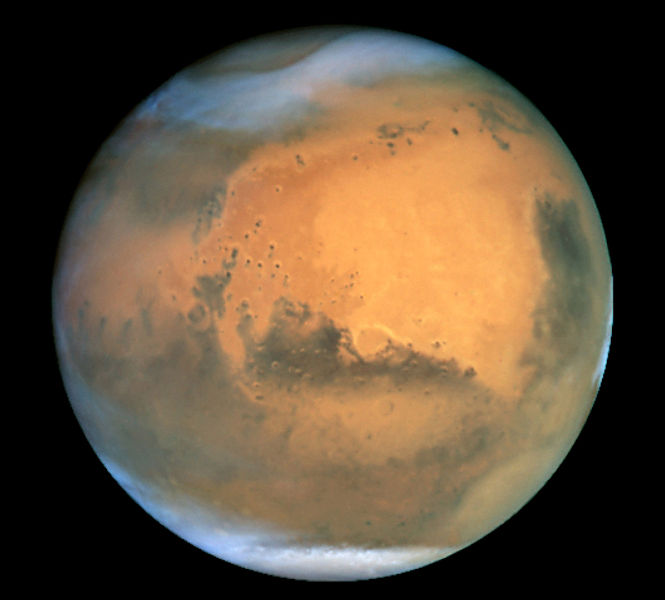Sam's Solar System is a combination geocaching and second grade science fair project. It's a model of the solar system built to a scale of 1/71,504,324. While that seems like a big number, it means that an astronomical unit (the average distance between the sun and Earth) is 1.3 miles in the model.
Our model sun is located in the new Preston Ballfields park. If you drive to the park, you'll see a cul-de-sac with a big circular planted area in the center. The circle is 62 feet in diameter, and we used it to set the scale of the model. To get the full educational benefit of the series, you really should stop by and look at the sun so you have a good feel for it. Plus, it's very close to the parking area for getting Venus, so you might as well.
There is a geocache for each of the eight planets and the three dwarf planets, plus a bonus cache for anyone who puts in the travel to get the first eleven. Inside each of the planetary caches is a scale model of the planet represented by the cache (on the same scale as the distances between the planets). They range in size from about a half inch in diameter for Ceres (the smallest dwarf planet) to 6 feet, four inches for Jupiter. You should look at each of the planets to get a feel for how big they are, both relative to each other, to the sun, and especially to the interplanetary distance between them.
On the inside cover of the log books in each of the caches is a six digit number. You need to collect all eleven of these numbers to get the coordinates of the bonus cache. There are instructions on the bonus cache page explaining what to do with them. For now, it’s just important to write down the number.
Caches in the series:
Sam's Solar System: Mercury
Sam's Solar System: Venus
Sam's Solar System: Earth
Sam's Solar System: Mars
Sam's Solar System: Ceres
Sam's Solar System: Jupiter
Sam's Solar System: Saturn
Sam's Solar System: Uranus
Sam's Solar System: Neptune
Sam's Solar System: Pluto
Sam's Solar System: Eris
Sam's Solar System: Bonus
Facts about Mars:
Maximum distance from the sun: 249,209,300 km (1.67 AU)
Minimum distance from the sun: 206,669,000 km (1.38 AU)
Length of year: 687 days
Radius of planet: 3396 km (.533 Earths)
Mass of planet: 6.4 x 10^23 kg (0.11 Earths)
Moons: Phobos and Deimos
In our model, Mars and Earth are nearly as close to one another as they ever get, and the trail between them (Dwight's Way) is more-or-less straight. We did this on purpose to give you a chance to see how far apart the planets really are, even at their nearest. The model Mars is small enough to be taped to the inside lid of the ammo can. Think about how big you are compared to the planet, and how it was still a decent walk from Earth to Mars.
If that doesn't seem like much, try thinking about the planets in the outer reaches of our model solar system.
